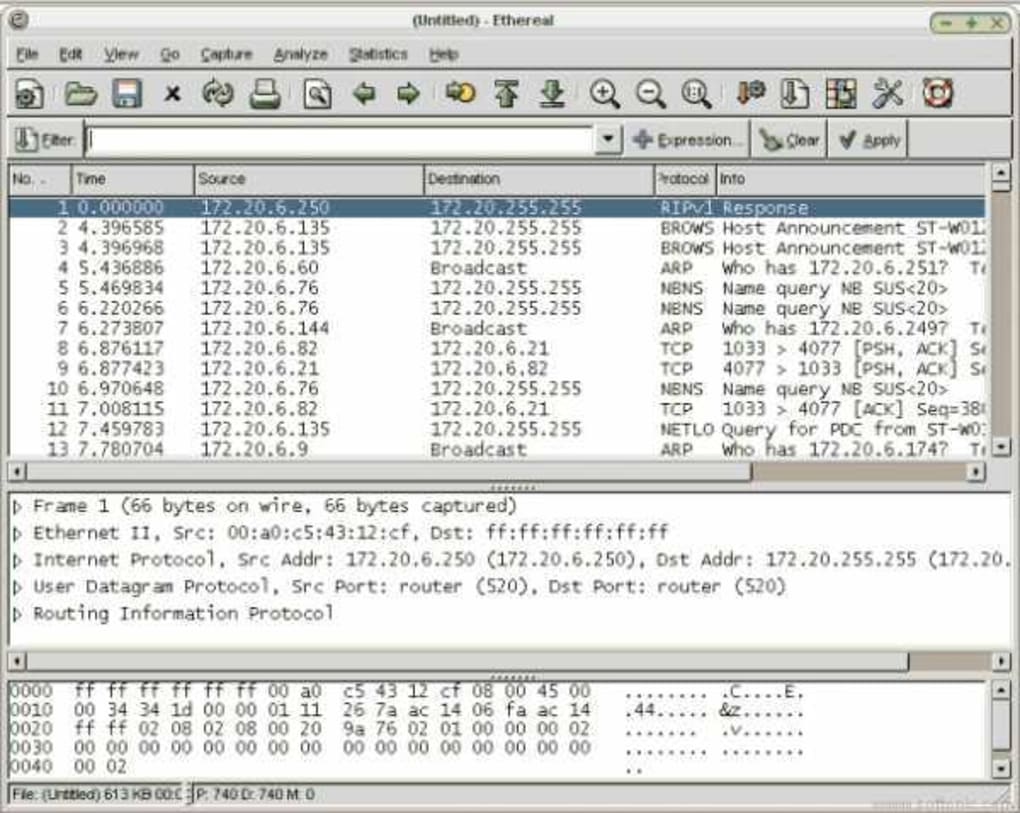

It can also use dumpcap or tshark, which are Wireshark-specific tools, and would be significantly more performant, but there is no build for them on OpenWRT so that does not help either. you can apply both are filter at once ip.addr=192.168.0.32 and http press enter to apply. With this interface, Wireshark effectively opens a session via SSH to the router, and runs tcpdump on it. still we an apply another filter to list up only relevant packets only so possibly that app is accessing API with HTTP protocol so apply HTTP filter. so filter expression will be ip.addr=192.168.0.32 apply this filter. lets your IP address is 192.168.0.32 then filter all the packets whose IP is this. so lets filter packets which are relevant for you. j search backwards for a matching packet after.
JIn this way, only that traffic is stored which you are interested to view. Capture filters are applied before the start of the capturing operation. There is a difference between the syntax of the two and in the way they are applied.
gIf you have used app covering all sort of activity then you can stop wireshark to capture packets. capturing for testing machine, 1213 and operator, 15 Android phone, Kalion, 33. Now start using that app so packets will transfer to and fro and wireshark will capture it. 265 E edges, 213 editcap command, 99, 110111 egress filtering, 186. Select interface which you want to capture and click start to start capturing.
#WIRESHARK ANDROID FILTER INSTALL#
you can use command line to start ( emulator after creating virtual device install app using adb command adb install app_file_name.apk That’s where Wireshark’s filters come in. after setting up Android SDK, create a Android virtual Device(AVD) on which we will install app.Android SDK come with emulator for testing
#WIRESHARK ANDROID FILTER DOWNLOAD#


 0 kommentar(er)
0 kommentar(er)
